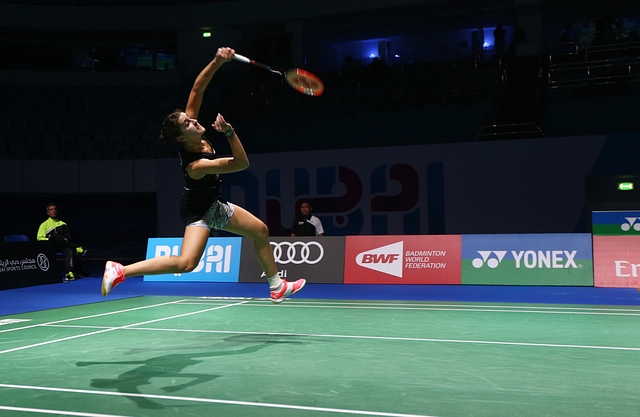
Reimagining Sports In India
Sports cannot be thought of in isolation. The ecosystem it exists in requires us to look at societal, psychological and political factors as well.
All human beings are Homo-fabers (Tool makers), Homo sapiens (To think and reason in a complex way) and Homo ludens (Pleasure seeking). Therefore to play is an inherent need that humans have owing to their nature. Infact the act of play itself is associated with the human culture. In 1938 Dutch historian and cultural theorist Johan Huizinga argues that play is primary to and a necessary (though not sufficient) condition of the generation of culture.
The modern world took the concept of play forward and organized it as sport. By its very nature the purpose of play was to be purposeless. The modern world took the purposeless part out of play and turned it into an organized competitive physical activity called sports. Sports as we know it developed properly in the 19th century.
Johan Huizinga defines sports as –
…a free physical activity standing consciously outside ordinary life as being not serious but at the same time absorbing the players intensely and utterly and it proceeds within its own boundaries of time and space according to fixed rules and in an orderly manner…
However the idea of sports in India is slightly different. Most modern organized sports were brought to India by the British and had a class connotation attached to it. Sports thus became something that people who had the free time and resources at their disposal could indulge in – The British or Upper class Indians.
The average Indian was left out of the system and came to view sports with suspicion. Thus India’s engagement with sports became less of as a player and more as a spectator. Sports was not something we indulged in but at the same time did not mind others indulging in.
Thus in the past sports was considered a leakage that needed to be controlled. The very idea of indulging in sports was considered a waste of time and a distraction. Currently with greater options being created around sports as a professional it is becoming an option however still limited to a few (the very rich or the very poor) due to the high risk of failure. Sports is considered good in others but not in self. Thus, for India to become a sporting nation we have got to change the very idea of what sports means in India.
Improving sports in India is not just about investing resources in stadiums, equipment, schools and training centres. These are essential, but are they are not sufficient. Sports cannot be thought of in isolation. The ecosystem it exists in requires us to look at societal, psychological and political factors as well. Thus sports needs to find a space in the cultural meaning system so that it resonates with a cultural motivation.
Sports in India need to find its pivotal moment which would help it shift to a new axis. Even a nation like the USA used pivotal shifts to create a more inclusive sports ecosystem through legislations such as Title IX (1972) and programs such as National Collegiate Athletic Association (NCAA) which helped increase the level of participation by women in organized sports and created an ecosystem for school athletes to continue with sports in college and follow that through to the professional level.
Going forward we in India too need certain actionable steps that will help build a sports culture and stop the talent leakages that take place. The most important factor in driving up participation in sport and active recreation is being able to connect with non-participants, both adults and children, in the general population.
We need to create avenues for an increased participation of traditional non participants – such as women. We need to delink the idea of sports and an absence of femininity. Girls must be encouraged to get physically active at a young age and carry on with it as adults. Need to consciously stop labeling some sports as men’s and some women’s as well as sensitize boys and male coaches about women and sports besides ofcourse creating safe environments where girls can play.
We in India also need to get our working population involved in sports. Most corporations and brands support and sponsor “sports” but this is done at a very superficial level and only from a distance. While organizations pour millions to use sports as a vehicle to market themselves yet they don’t spend a proportionate amount in promoting an active lifestyle amongst their employees. The corporate world needs to relook at its engagement with sports.
Involvement in sports must start from within where employee must be encouraged and guided to lead an active life. These could range from subsidized membership to gyms/sports coaching facilities, flexible hours where employees are encouraged to spend an hour every morning or evening in sports activities to financial incentives to stay healthy – Example the right BMI leads to certain financial rewards.
Community adoption of a concept is critical to help the concept spread and become sticky. When an entire community starts viewing something as positive, it is easier for the idea to materialize. The community acts as a support system. Currently the reward for being good at sports is enjoyed by only a few – Professional sports persons.
Community owning sports can help democratizing that reward. It brings the reward, the social currency into an immediate grasp. For India to become a sporting nation we need to create bottom up solutions so people have a stake in sports. For years we have tried the “traditional” top down approach to change India’s sporting fortunes, maybe 2016 is a good time to pivot and try another approach.